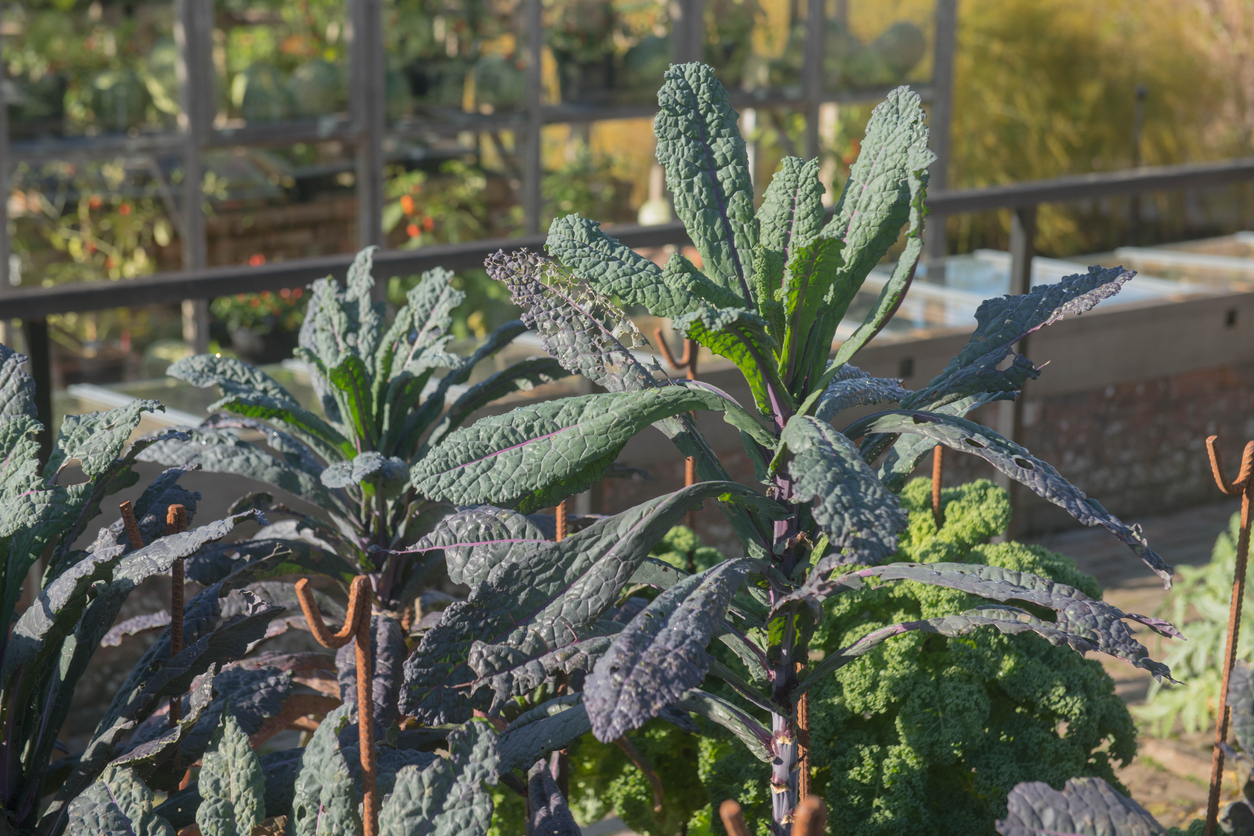
Kale, the nutritional powerhouse of the garden, is not just a fair-weather friend. With its impressive cold tolerance, this leafy green can be a staple in your garden and on your plate year-round. Overwintering kale is a practice that allows gardeners to extend their harvest well into the colder months, and in some cases, even through the entire winter. Let’s dive into the world of overwintering kale and uncover the secrets to success across different USDA growing zones.
The Science of Kale’s Cold Hardiness
Before we delve into the practical aspects of overwintering kale, it’s fascinating to understand why this vegetable is so resilient to cold temperatures. Kale, like other members of the Brassica family, has evolved a remarkable ability to withstand freezing conditions. When temperatures drop, kale plants undergo a process called cold acclimation.
During cold acclimation, kale cells undergo several changes:
- Increased sugar concentration: Kale accumulates sugars in its cells, which act as a natural antifreeze.
- Membrane modifications: Cell membranes become more fluid, preventing rupture during freezing.
- Protein production: Cold-specific proteins are produced to protect cellular structures.
These adaptations allow kale to survive temperatures as low as 10°F (-12°C) without significant damage. Some varieties can even withstand temperatures down to 0°F (-18°C) for short periods.
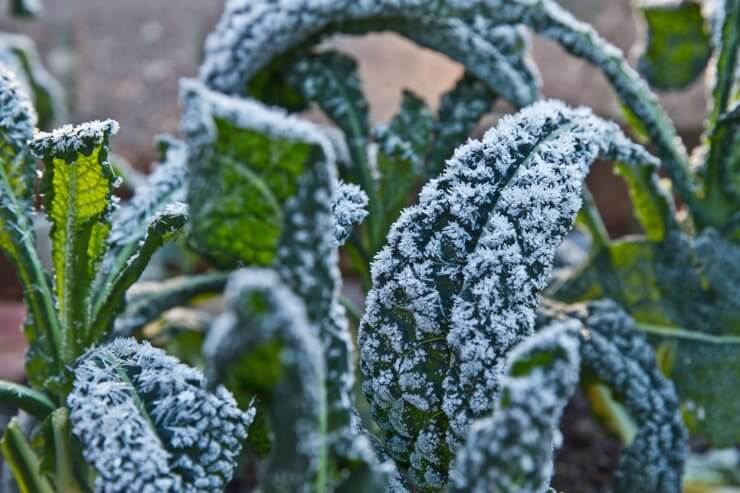
Overwintering Kale: Timing and Techniques
The key to successfully overwintering kale lies in proper timing and preparation. Here’s a breakdown of when to start the overwintering process based on USDA hardiness zones:
Zones 7-10: In these milder climates, overwintering kale is relatively straightforward. Plant your kale in late summer or early fall, about 6-8 weeks before the first expected frost. This gives the plants time to establish strong root systems before winter sets in.
Zones 5-6: Start your kale plants indoors in late summer, then transplant them outside in early fall. Provide protection with row covers or cold frames as temperatures begin to drop.
Zones 3-4: In these colder regions, overwintering kale requires more effort. Start seeds indoors in late summer and transplant into a greenhouse or high tunnel in early fall. Alternatively, use heavy row covers or low tunnels to protect outdoor plantings.
Regardless of your zone, here are some general tips for overwintering kale:
- Choose the right location: Select a spot with well-draining soil and protection from harsh winds.
- Mulch heavily: Apply a thick layer of organic mulch around the base of the plants to insulate the roots.
- Remove snow: Gently brush off heavy snow accumulation to prevent stem breakage.
- Water sparingly: Kale needs less water in winter, but don’t let the soil dry out completely.
- Harvest regularly: Continue to harvest outer leaves throughout winter to encourage new growth.
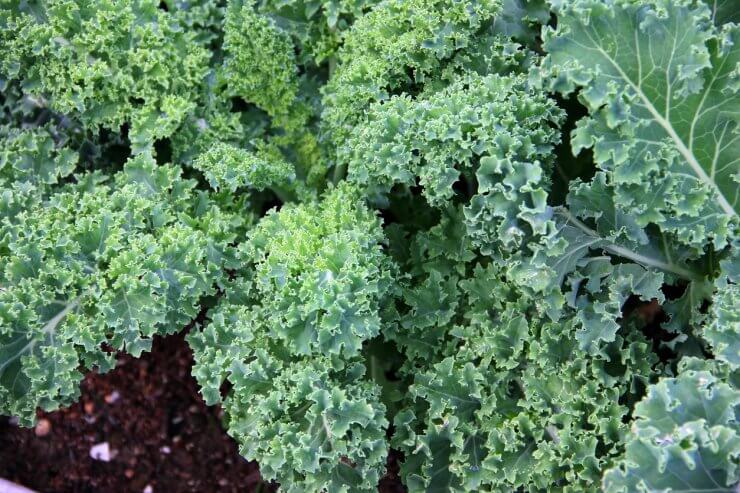
The Most Winter-Hardy Kale Varieties
While all kale varieties have some degree of cold tolerance, some truly excel when it comes to overwintering. Here are the top contenders for winter-hardy kale:
- Winterbor: This frilly, blue-green kale is exceptionally cold-hardy and can withstand temperatures down to 0°F.
- Red Russian Kale: With its oak-leaf shape and purple stems, this variety is both beautiful and resilient.
- Redbor: A stunning purple kale that maintains its color and flavor even in freezing temperatures.
- Dwarf Blue Scotch Curled Kale: Compact and extremely cold-tolerant, this variety is perfect for small spaces.
- Lacinato (Dinosaur Kale): While not as cold-hardy as some others, this Italian heirloom can still survive mild winters with protection.
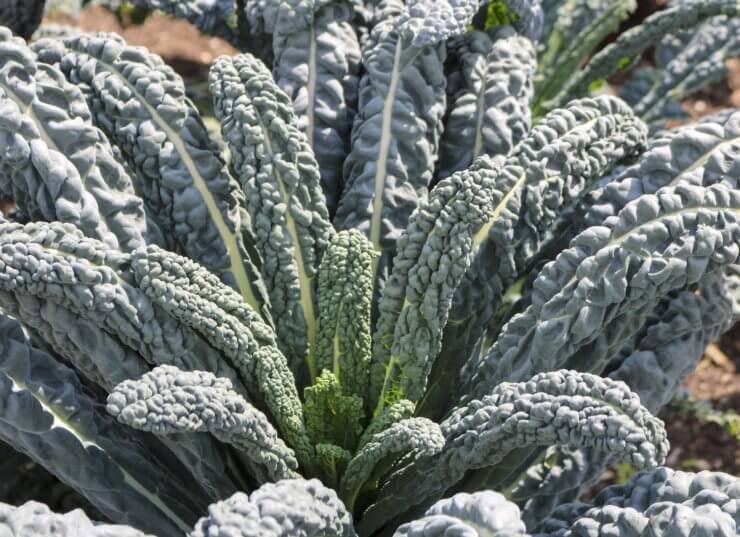
Extending Your Harvest: The Benefits of Overwintering Kale
Overwintering kale offers several advantages for the savvy gardener:
- Continuous harvest: Enjoy fresh kale throughout the winter months.
- Improved flavor: Cold temperatures can actually enhance the sweetness of kale.
- Early spring crop: Overwintered plants will produce an abundance of tender leaves in early spring.
- Seed saving: Allow some plants to bolt in spring for a self-sustaining kale patch.
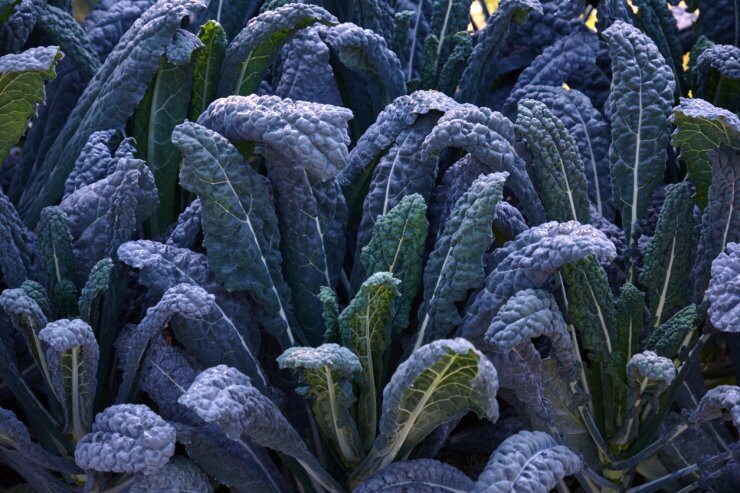
Common Challenges When Overwintering Kale
While kale is remarkably resilient, it’s not invincible. Here are some challenges you might face when overwintering kale and how to address them:
- Pest pressure: Aphids and cabbage worms can still be active in mild winters. Use floating row covers to exclude pests.
- Disease: Wet conditions can lead to fungal diseases. Ensure good air circulation and avoid overhead watering.
- Freeze damage: In extreme cold snaps, even hardy kale can suffer. Be prepared to provide extra protection during severe weather events.
Overwintering kale is a rewarding practice that can significantly extend your growing season and provide fresh, nutritious greens during the coldest months. By understanding the science behind kale’s cold hardiness and implementing the right techniques for your climate zone, you can enjoy this superfood straight from your garden year-round. Remember, successful overwintering kale requires a bit of planning and effort, but the results are well worth it.
For more in-depth information on growing kale throughout the year, including detailed care instructions and delicious recipes, be sure to check out our comprehensive Kale Gardening Guide.
We’d love to hear about your experiences with overwintering kale! Have you tried it before? What challenges did you face, and what tips would you share with fellow gardeners? Leave a comment below!


 Previous
Previous

